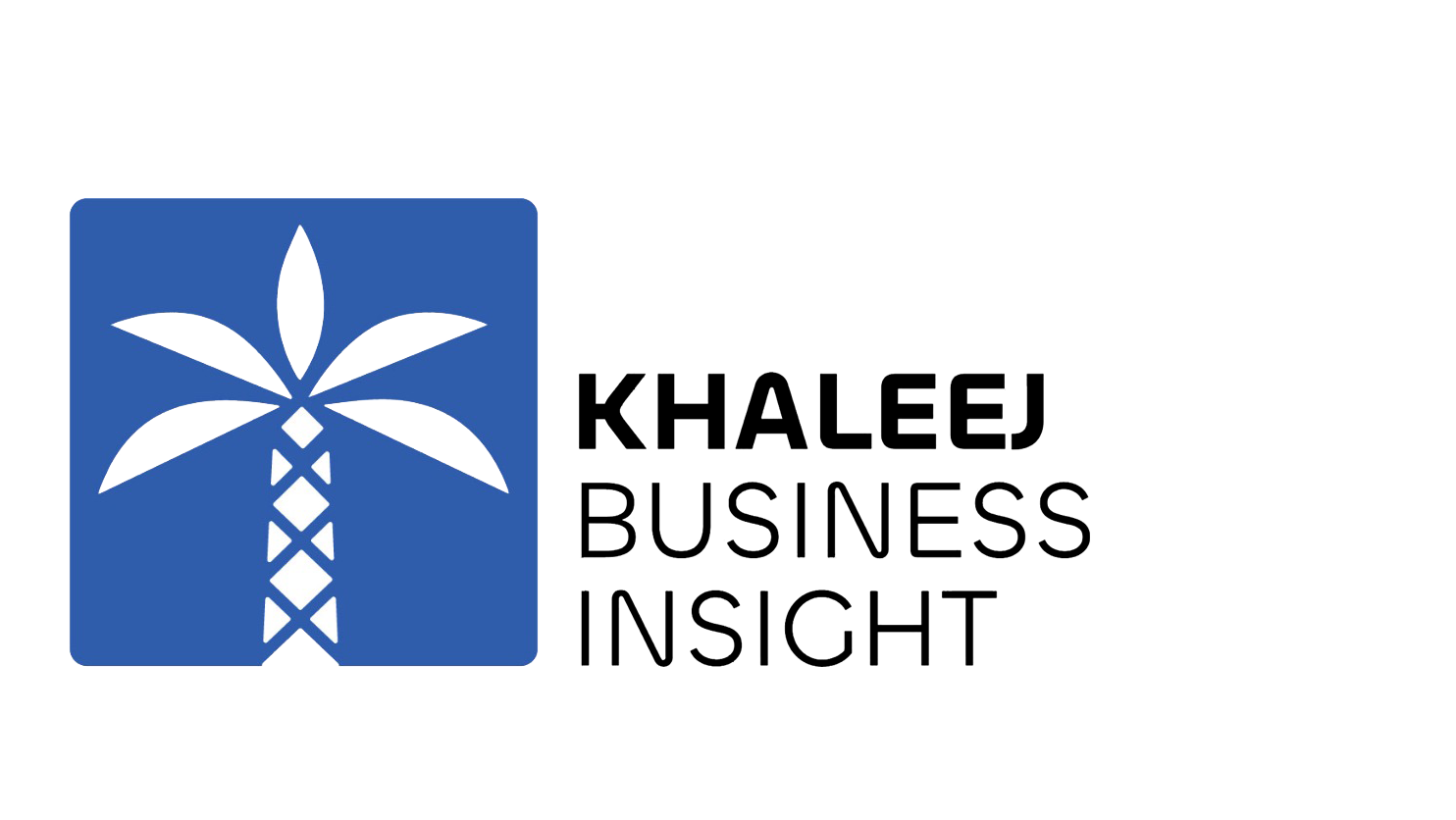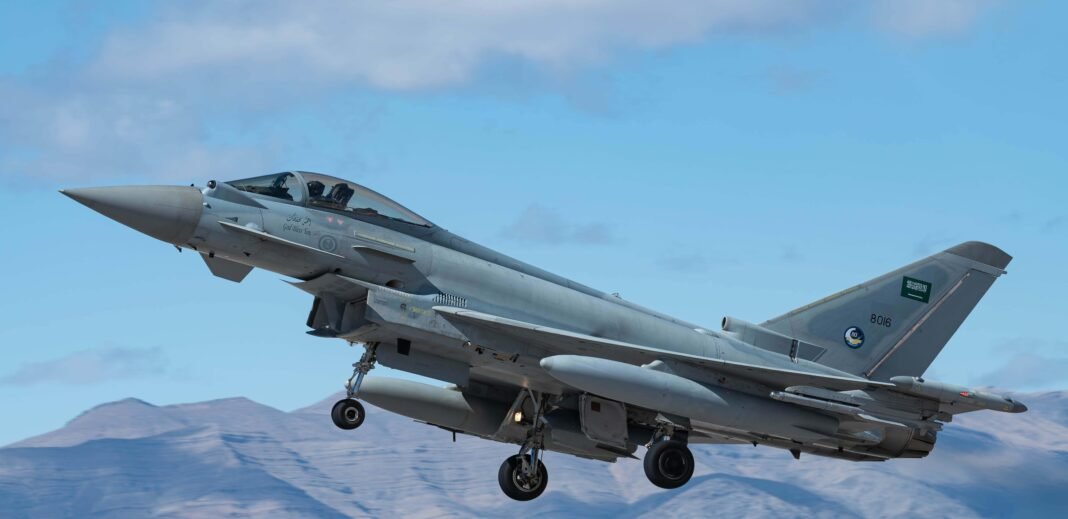Saudi defense growth continues at a steady pace. Therefore, the Kingdom strengthens its military manufacturing base every year. Moreover, this growth supports national security while also driving economic diversification under Vision 2030. Saudi defense remains a clear national priority in both industry and security.
In addition, the government plans to localize half of its defense spending by the end of the decade. Furthermore, the General Authority for Military Industries reported a rise in localization from 4 percent to nearly 20 percent. As a result, Saudi military industry expansion moves closer to full self-reliance in production and supply.
Saudi defense also benefits from substantial military spending. The country invests billions annually and ranks among the world’s top defense spenders. This allocation represents a large share of both government expenditure and GDP. In turn, such funding fuels projects in aerospace, armored vehicles, missile systems, UAVs, and electronic warfare. These efforts are vital to sustaining defense growth.
Meanwhile, authorities aim to attract investment and support small and medium-sized enterprises. They also work to build advanced manufacturing capabilities. Additionally, strategic partnerships with global leaders strengthen domestic production and secure access to the latest technology. The industry, therefore, seeks to boost non-oil revenues and create thousands of new Saudi jobs. This directly supports the nation’s defense sector growth.
On the global stage, data confirms defense spending is at record highs. In fact, Saudi Arabia ranks among the top global spenders while leading the Middle East in military investment. Even though spending remains below peak years, Saudi defense growth still drives industrial expansion and technology adoption. It also strengthens regional leadership in security manufacturing.
The growth of the Saudi defense gains momentum through cooperation with major defense companies. For example, projects include missile component production with Lockheed Martin and UAV upgrades with Turkish partners. Space technology development also plays a role. Moreover, joint ventures such as BAE Systems Arabian Industries improve maintenance and technical service capacity. These partnerships add to the Kingdom’s defense growth profile.
Local research and development continues to receive heavy investment. The Kingdom operates many specialized centers focused on drones, electronic warfare, and advanced systems. Furthermore, domestic procurement already includes locally produced drones, defense systems, and fast interceptor boats. All of these contribute to Saudi defense growth.
Talent development also plays a central role. Specialized training programs prepare engineers, technicians, and cyber defense experts. In addition, initiatives like the Women in Defense program open opportunities for female professionals and increase diversity in the sector.
The Saudi Arabian Military Industries company has expanded rapidly. It launched the nation’s first combat management system and increased its workforce sharply. It also entered the list of top 100 global defense companies. Therefore, its partnerships and manufacturing capabilities position Saudi Arabia as a regional defense hub and a rising exporter.
Experts agree the sector is a key part of economic diversification. They expect higher exports, stronger GDP contributions, and more employment as the industry matures. The growth of Saudi armed forces blends technology transfer with domestic capacity building. This ensures long-term stability and lasting success.





